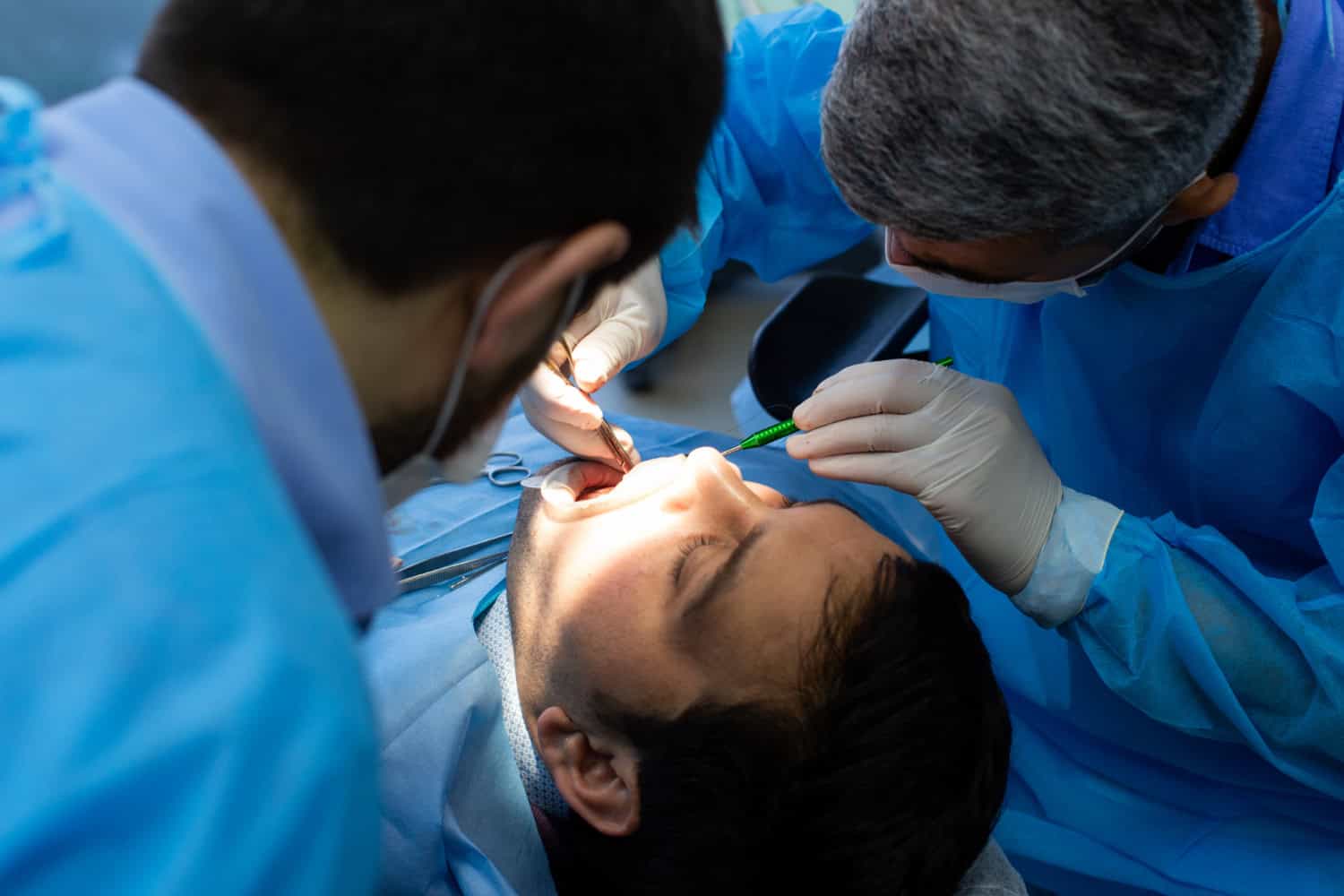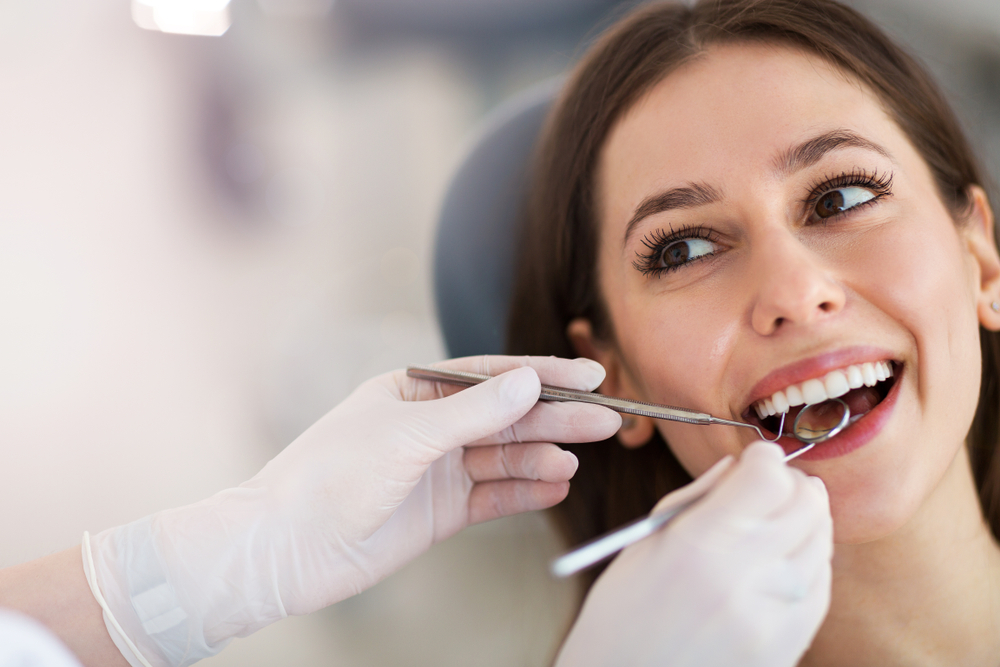Bone graft surgery may sound intimidating at first, but it’s a common step for anyone preparing for future dental implants or needing to rebuild bone that has weakened or worn down. During the procedure, small amounts of bone or bone-like material are added to your jaw to create a strong, stable foundation. It plays a big role in long-term oral health, especially if tooth loss or gum issues have caused bone shrinkage in certain areas.
Knowing what comes after the surgery is just as important as the procedure itself. Recovery times can vary, and how well you care for your mouth during the early stages can affect the success of the graft. If you’re preparing for dental bone graft surgery in Phoenix, having a clear idea of what to expect can help you feel more comfortable and know how to take care of yourself through each phase of healing.
What To Expect Right After Surgery
Once the bone graft procedure is done, you’ll likely head home with gauze pressed gently to protect the surgical site. The effects of local anesthesia or sedation may take a few hours to wear off, and you might feel groggy or slightly out of it for the rest of the day. It’s best to rest and take it easy.
Some common symptoms after surgery include:
– Minor swelling around your jaw or cheeks
– Small amounts of bleeding around the graft area
– Discomfort or pressure near the surgical site
– A feeling of tightness or stiffness when opening your mouth
These effects are temporary and usually improve within a few days.
To help the healing along, your dentist will probably give you some basic instructions to follow:
– Rest with your head elevated for the first 24 to 48 hours
– Use ice packs on the outside of your face to reduce swelling
– Change gauze as directed to control bleeding
– Avoid physical activity for at least a few days
– Do not disturb the surgical site when brushing your teeth
It’s important to follow your post-op instructions carefully. These instructions are tailored to your procedure and help reduce the chance of swelling, bleeding, or infection. For example, a patient who skipped the ice and went straight back to yard work experienced more swelling and soreness than expected. That kind of setback can delay healing.
Let your body do what it needs to do: rest, recover, and adjust. If something doesn’t seem right, it’s better to reach out for guidance rather than pushing through and risking a complication. Most healing after a bone graft starts smoothly when you pay attention and stick with the recovery plan from the very beginning.
Managing Pain And Discomfort
Discomfort is common during bone graft recovery, but it shouldn’t be overwhelming. Most of the time, it feels more like soreness or pressure instead of sharp pain. Your dentist may prescribe medication to keep you comfortable, or you may just need over-the-counter meds. Either way, it’s smart to stay ahead of the pain. Don’t wait until it really kicks in before taking something. Treat it early to stay as relaxed as possible.
What you eat in the first several days also matters. You’ll want to stick to soft, non-spicy foods so you don’t irritate the surgical site. Think along the lines of:
– Mashed potatoes
– Scrambled eggs
– Applesauce
– Pasta
– Smoothies (skip the straw)
Hydration continues to play a big role. Water helps your body repair tissue and flushes out waste that builds up during recovery. Avoid alcohol and anything super hot or crunchy. Even seemingly harmless snacks like popcorn can sneak into spaces they shouldn’t and cause trouble.
Chewing on the side opposite the graft and moving slowly while eating can make a big difference too. And although ice cream might seem like a reward, limit sugary foods while healing. They can throw off the balance of helpful bacteria in your mouth.
Long-Term Recovery Tips
While the first few days grab your attention, the weeks after surgery set the tone for how well your body accepts the graft. Taking care of your mouth doesn’t stop once the pain fades. Being gentle but thorough with your oral hygiene is one of the best things you can do for healing.
Use a soft-bristled toothbrush and avoid brushing too close to the surgical site. Saltwater rinses may be recommended, but always stick with what your dentist told you. Don’t swish hard, spit forcefully, or poke around near the area.
Daily habits that can lead to problems include biting nails, grinding your teeth, or falling behind on regular brushing elsewhere. These small things can add up and slow down your progress.
Activities to put on pause for a bit:
– Smoking or using tobacco in any form
– Intense cardio workouts or lifting heavy weights
– Drinking through straws, which can dislodge the clot
– Sleeping flat on your back without a pillow
You’ll also want to stay alert for signs that something’s not right. Red flags include:
– Pain that gets worse instead of better
– Pus or strange drainage
– A foul taste you can’t get rid of
– Unusual swelling after the first few days
– Feeling sick or feverish
If any of these pop up, don’t wait. Reach out to your dental office and get checked.
Follow-Up Appointments Matter
Your follow-up visits are more than just a quick glance inside your mouth. These visits give your dentist a chance to see how you’re healing, clean the area if needed, and make sure your body is accepting the bone graft. They might also check X-rays to see how the new bone material is bonding to your existing bone.
Each check-in might look a little different depending on how far along you are in your recovery. Some people heal faster, while others take more time. That’s totally normal.
If your dentist notices anything that could slow down your recovery, they can catch it early and adjust your care plan. Skipping these visits creates a risk of missing a problem until it becomes serious.
It’s also a good opportunity to ask questions about next steps, especially if dental implants or other treatments are part of your longer plan.
Healing Your Way to a Healthier Smile
Sticking to your recovery instructions after a bone graft may not always be convenient, but it’s worth the effort. Healing your mouth is a big deal, and the way you treat it while it’s repairing makes a difference that can last for years. Whether you’re preparing for implants or just strengthening your jaw for future treatment, this step builds a better foundation.
Every small habit counts. From eating the right foods to showing up for follow-up appointments, your choices support the progress your body is trying to make. Patience and consistency will take you far.
If you’re in Phoenix and getting ready for or recovering from dental bone graft surgery, being prepared can take a lot of the stress out of the process. Treat your recovery with care, and your mouth will thank you down the road.
Taking care of your oral health after surgery sets the foundation for long-term success, especially when you’re recovering from dental bone graft surgery in Phoenix. At Anderson Dental, we’re here to support every step of your recovery with expert care and personalized guidance to help you heal with confidence.




